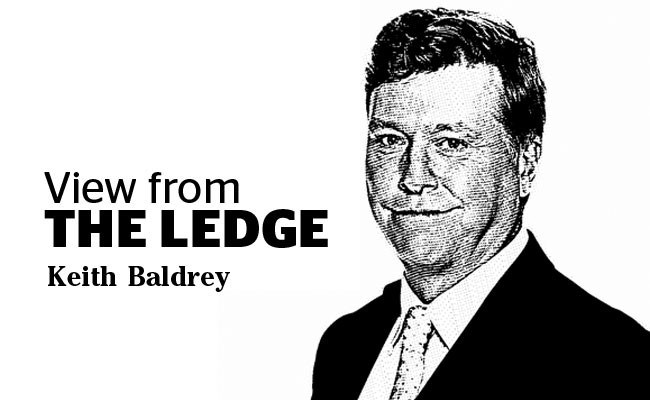It’s been noted by many that this past election was the closest one in British Columbian history, yet in some ways it was anything but close.
Sure, the overall popular vote was a virtual tie, as just 1,568 votes separated the B.C. Liberals and the NDP. And the two parties almost matched the same seat count: 43 for the B.C. Liberals and 41 for the NDP (while the B.C. Greens grabbed three seats).
Pretty darn close.
But there were actually 87 separate elections that took place, one in each of the province’s ridings.
And from that perspective, not many were close contests at all. In fact, in the vast majority of them – more than 70 – the result was a virtual runaway victory for one of the three parties.
Just 13 ridings were decided by less than a 10 point difference between the winning candidate and the second place finisher. And of those, only five were really close (less than a 1,000 vote difference).
How does that compare to the previous election, in 2013?
Well, that year there were twice as many ridings that saw less than a 10-point gap, and three times as many ridings decided by less than 1,000 votes.
In other words, there were a lot more close “elections” in 2013 than there were this time around.
What may explain this lack of drama on election night in most individual ridings is that widening rural-urban divide in this province that I wrote about a couple of weeks back.
When the actual voting results are examined in detail, they show in graphic detail how the ground has shifted politically for both of the major parties. Ridings that used to be somewhat competitive (such as Penticton, where the NDP usually loses narrowly and parts of Surrey, where the B.C. Liberals could post narrow wins) are now solidly in one camp or the other.
The NDP, for example, grew its support in whopping numbers in much of Metro Vancouver: gaining more than 17,000 new voters in the Surrey ridings, more than 20,000 in Vancouver, more than 10,000 in the Tri-Cities and almost 6,000 in Burnaby.
And in the normally B.C. Liberal stronghold of Richmond, the NDP vote went up by more than 10,000, which is astonishing considering the party has been a spent political force in that municipality for decades.
If this massive pickup by the NDP holds for the next election – and most of their riding wins in these areas were by fairly comfortable margins – it may prove to be a historical turning point in how our electoral map gets drawn in the Metro Vancouver region.
The B.C. Liberals suffered significant losses in all these locations, especially in Vancouver where their support dropped by about 10,000 voters overall. Ridings such as Point Grey, Fraserview and Fairview, all normally considered to be “swing” ridings that are hotly contested, were runaway wins for the NDP this year.
Outside of urban Metro Vancouver, however, the numbers are largely reversed.
In the Okanagan, the B.C. Liberals grew their vote by an impressive 27,000 or so and boosted it by more than 7,000 in the Central Interior and the north.
The NDP, meanwhile, lost almost 10,000 voters in both regions.
It’s clear the Green Party boosted its vote in many of these areas (its impact was felt beyond its strongest area of strength on Vancouver Island), but that only partly explains the big shift from 2013.
No, this election seems to have entrenched the B.C. Liberal party as the representative of rural and regional parts of this province. And the NDP has morphed into an urban and suburban party with little connection to the rest of the province (save Vancouver Island and the North Coast).
As I’ve noted before, this stark divide has implications for everything from setting public policies to forming a provincial cabinet. Both of those need to reflect geographical balance, which is going to be a challenge for whichever party forms government (and yes, I’m writing yet another post-election column without know who is actually going to be running this province).
Yes, it was a super-tight election. But in so many ways it wasn’t, and I’m not sure that’s entirely healthful for this province in the long-term.
Keith Baldrey is chief political reporter for Global BC. Keith.Baldrey@globalnews.ca
What are your thoughts? Send us a letter via email by clicking here or post a comment below.



